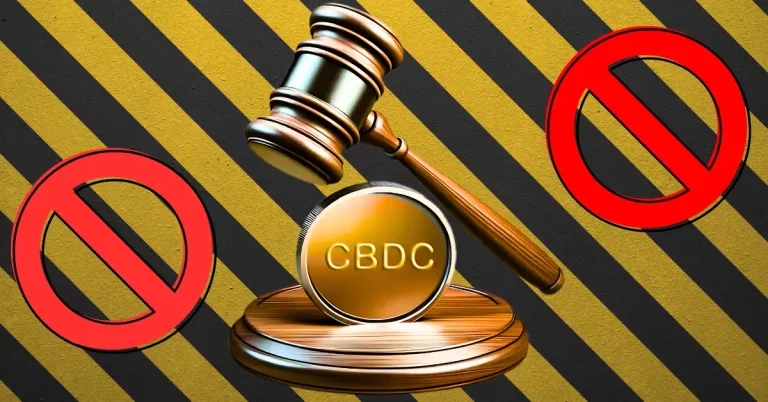
The Evolution of E-commerce by 2025
Introduction to E-commerce
The Evolution of E-commerce by 2025: The e-commerce industry has undergone significant changes over the years, and by 2025, it is expected to have evolved even further. The rise of digital technologies has transformed the way businesses operate and how consumers shop. With the increasing use of smartphones, social media, and online platforms, e-commerce has become an essential part of the retail industry.
History of E-commerce
The history of e-commerce dates back to the 1960s, when the first electronic data interchange (EDI) systems were developed. However, it wasn’t until the 1990s that e-commerce started to gain popularity, with the launch of online marketplaces such as Amazon and eBay. Since then, the industry has grown exponentially, with new technologies and innovations emerging every year.
Current State of E-commerce
Today, e-commerce is a multibillion-dollar industry, with millions of online stores and marketplaces operating worldwide. The rise of social media has also played a significant role in the growth of e-commerce, with platforms such as Instagram and Facebook becoming essential channels for businesses to reach their target audiences.
Future of E-commerce by 2025
By 2025, the e-commerce industry is expected to have undergone significant changes, with new technologies such as artificial intelligence, augmented reality, and blockchain emerging. These technologies will enable businesses to provide more personalized and immersive shopping experiences, while also improving supply chain management and logistics.
Trends Shaping the Future of E-commerce
Several trends are expected to shape the future of e-commerce by 2025, including:
- Mobile Commerce: With the increasing use of smartphones, mobile commerce is expected to become a major driver of e-commerce growth.
- Social Commerce: Social media platforms will continue to play a significant role in e-commerce, with businesses using them to reach their target audiences and provide personalized experiences.
- Artificial Intelligence: AI will be used to provide more personalized and immersive shopping experiences, while also improving supply chain management and logistics.
- Augmented Reality: AR will enable businesses to provide more immersive shopping experiences, allowing customers to try out products virtually before making a purchase.
- Blockchain: Blockchain technology will be used to improve supply chain management and logistics, enabling businesses to provide more transparent and secure shopping experiences.
Conclusion
In conclusion, the evolution of e-commerce by 2025 will be shaped by several trends and technologies, including mobile commerce, social commerce, artificial intelligence, augmented reality, and blockchain. As the industry continues to grow and evolve, businesses must adapt to these changes to remain competitive and provide the best possible experiences for their customers.
Recommendations for Businesses
To stay ahead of the curve, businesses should consider the following recommendations:
- Invest in Mobile Commerce: Develop mobile-friendly websites and apps to provide seamless shopping experiences for customers.
- Utilize Social Media: Use social media platforms to reach target audiences and provide personalized experiences.
- Adopt Artificial Intelligence: Use AI to provide more personalized and immersive shopping experiences, while also improving supply chain management and logistics.
- Explore Augmented Reality: Consider using AR to provide more immersive shopping experiences and increase customer engagement.
- Implement Blockchain Technology: Use blockchain to improve supply chain management and logistics, enabling more transparent and secure shopping experiences.




